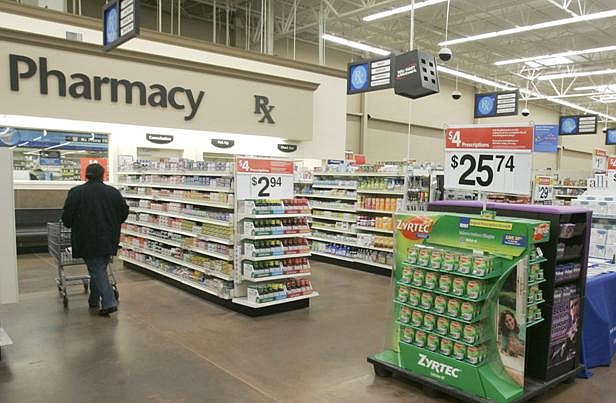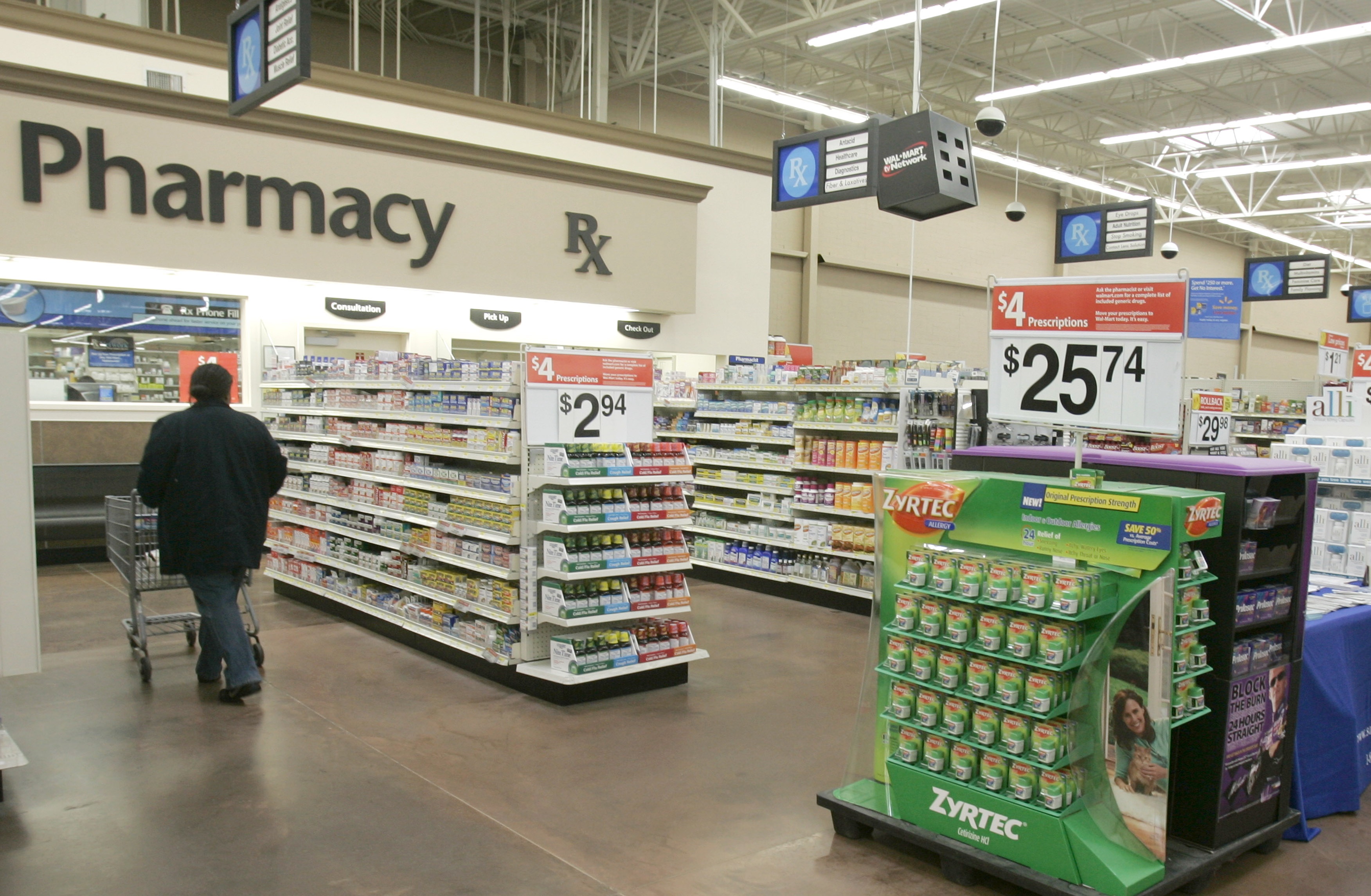Medicare's drug coverage gap shrinks
Monday, November 28, 2011
ELSEWHERE ONLINEMedicare plan finder: http://tinyurl.com/2c6o5fh
WASHINGTON - Medicare's prescription coverage gap is getting noticeably smaller and easier to manage this year for millions of older and disabled people with high drug costs.
The "doughnut hole," an anxiety-inducing catch in an otherwise popular benefit, will shrink about 40 percent for those unlucky enough to land in it, according to new Medicare figures provided in response to a request from The Associated Press.
The average beneficiary who falls into the coverage gap would have spent $1,504 this year on prescriptions. But thanks to discounts and other provisions in President Barack Obama's health care overhaul law, that cost fell to $901, according to Medicare's Office of the Actuary, which handles economic estimates.
A 50 percent discount that the law secured from pharmaceutical companies on brand name drugs yielded an average savings of $581. Medicare also picked up more of the cost of generic drugs, saving an additional $22.
The estimates are averages, so some Medicare recipients may do worse and others better. Also, it's still unclear if the discounts will start to overcome seniors' deep unease about the law.
Concern over cutting Medicare to expand coverage for the uninsured helped push older voters toward Republicans in the 2010 congressional elections. Obama and the Democrats have been trying to woo them back ever since.
"For people with high drug expenditures, the 50 percent discount offers real savings," said Tricia Neuman, director of Medicare policy for the nonpartisan Kaiser Family Foundation. "It's certainly more helpful than no coverage at all, which is what they had previously."
More than 2 million beneficiaries already have gotten some help, discounts that have gone largely to middle-class seniors, because the poor are covered in the gap at taxpayer expense.
For retired elementary school teacher Carolyn Friedman, it meant she didn't need a loan to pay for drugs that keep her epilepsy under control.
"What a change for the better," said Friedman, 71, of Sunrise, Fla. "This year it was easier to pay my bills, whereas last year I had to borrow money to pay for my medications when I was in the doughnut hole."
One of her brand-name anti-seizure drugs cost about $370 in the gap last year, and the other about $270. This year Friedman paid about $150 and $130, respectively, for a month's supply.
Medicare covers about 47 million older and disabled people, and about nine in 10 have some kind of prescription plan. Most rely on the drug benefit, also known as Part D, which is delivered through private insurance plans.
Beneficiaries have until Dec. 7 to change their drug plans for 2012. Consumer advocates recommend that seniors check their coverage during open enrollment to see if their current choice remains the best for next year. Many families start the process around the Thanksgiving holiday.
The coverage gap, a money-saving idea from a previous Congress, never has been popular.
It starts after an individual beneficiary and his or her drug plan have spent a total of $2,840 on medications for the year. Seniors are then on their own for the next $3,600.
Once total spending reaches about $6,440, Medicare's catastrophic coverage kicks in and beneficiaries pay only a token amount. Most people do not spend enough in the doughnut hole to qualify for catastrophic coverage.
Although few private insurance plans still cap the amount they spend on medications, Medicare's hole-in-the-middle approach is highly unusual.
The Republican-led Congress that passed the drug benefit under President George W. Bush was trying to balance coverage and costs, as many conservatives fretted about creating a new unfunded entitlement.
Supporters wanted all beneficiaries to get some initial benefit from the program, and they wanted to protect those with overwhelmingly high costs. The resulting compromise led to the doughnut hole.
Under Obama's health care law, the gap will be phased down by 2020.
This year, the law provides a 50 percent discount on brand name drugs and 7 percent break on generics. Next year the discount on generics rises to 14 percent. When the changes are phased in fully, beneficiaries still will be responsible for their annual deductible and 25 percent of the cost of their medications until they reach catastrophic coverage.
If Republicans succeed in repealing what they dismiss as "Obamacare," the discounts would be wiped out as well.
Joan Gibbs thought her pharmacy had made a mistake. Her total cost for a brand-name painkiller in the doughnut hole came out lower than her copayment earlier in the year, at a time her plan was picking up most of the tab.
"I reluctantly called the insurance company," said Gibbs, 54, who lives near Cleveland. "If they had made a mistake, I knew they would catch it sooner or later. I was very surprised that it turned out to be such a good discount."
Gibbs is on Medicare because of an auto-immune disorder and other medical problems that left her unable to work.
Other beneficiaries say it's still a struggle, even with the discounts.
John Robinson of Bel Air, Md., has diabetes and heart problems. A retired director of patient accounts for a hospital, Robinson said he runs up his credit card balance to pay for insulin, other medications and diabetic supplies in the doughnut hole.
"Thank God for credit cards," said Robinson, 71. "I thought it was better this year, but it still cost me more money than I had."

